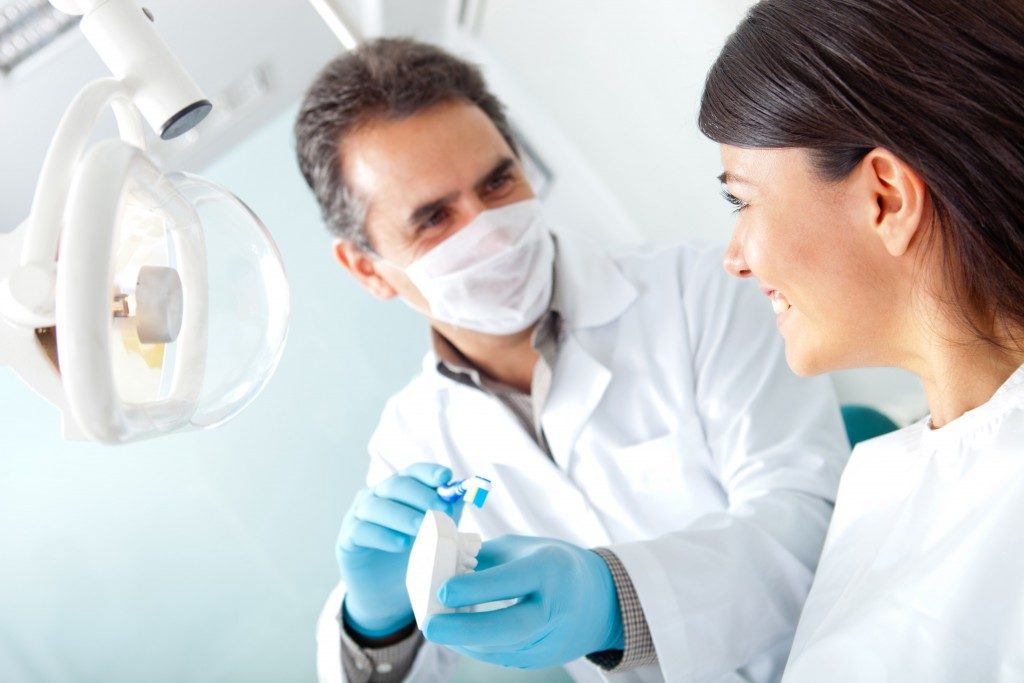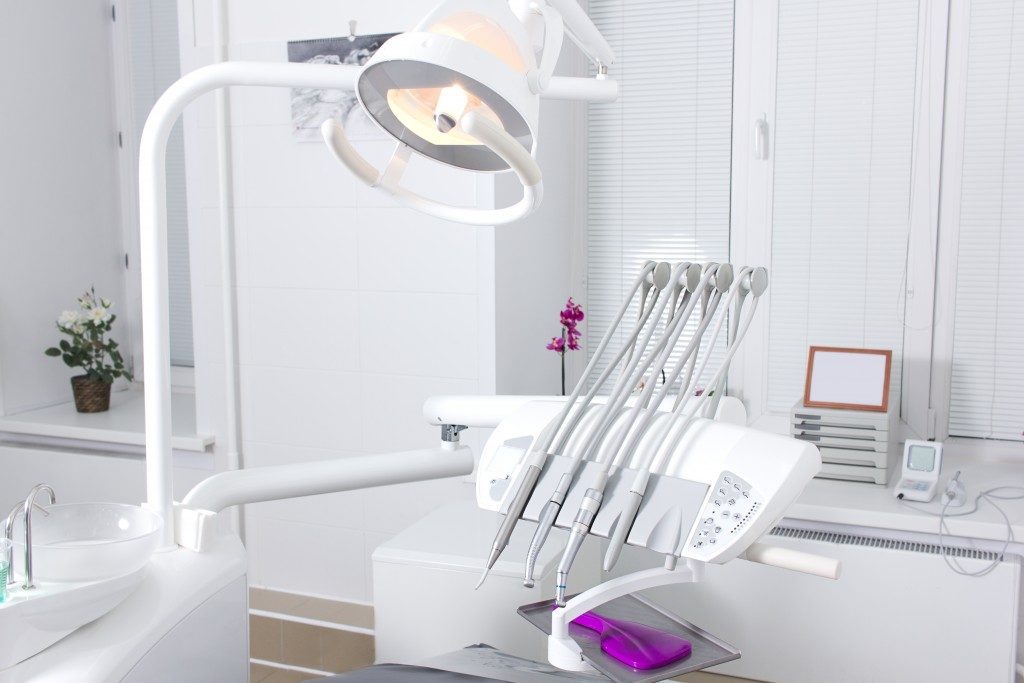You’re finally a licensed dentist getting ready to join the 1,238 general dental practices and 678 special practices in Utah. Dentists in this state belong to the $61,910 to $163,390 annual wage bracket. But we’ll get to that in a bit.
Next stop is setting up your own private practice. There are many to-do items on your checklist before you can hit the ground running, like creating your business plan, buying equipment, and scouting for an office.
Your head starts to swell. How much would the combined cost of the buildout and the equipment be? Can you afford a contractor? Focus on key areas where you should spend your energies on.
Will It All Be Worth It?
The reason why creating a business plan is part of the process is that your practice is going to be a business, and all the money you spent in medical school are the investments you made. If you’re going to pay back student loans, then you’ll need to understand your return on investments.
2017 Figures provided by the US Department of Labor shows that the annual wage of a dentist is $174,110. That’s the average. If you’re looking to move up the scale, then you should consider relocating. Nevada and Oregon have higher annual wage bracket at $192,800 to $257,290. In Kansas and Montana, the mean bracket is $180,350 to $187,800.
Are you packing your bags yet? If you’re satisfied with where you are and don’t see the necessity to uproot yourself, that’s fine. But know that you can be practical as well and scout neighboring states or cities for a better place to practice.
Costs And Other Factors

It seems that spending never ends. The cost of construction and fitting out your new clinic is estimated at $100 to upwards of $200 per square foot. Your square-footage would also depend on the number of chairs you need to put, whether it’s one a one or three-chair setup. A 1,800 square-foot space would, therefore, require $360,000 using the high end of the bracket. If this is not within your range, then consider making a smaller space for your practice.
It is crucial to seek out at least three estimates from potential contractors. The cost of equipment, including supplies and small instruments, might be around $204,000. Alternatively, you can explore the possibility of acquiring an existing practice. You’ll need contacts with brokers and lenders who can facilitate this type of a deal.
Then there is the annual operating cost, which includes staff salaries, rentals, and utility expenses. Depending on the envisioned size of your practice, the amount can be anywhere between 38% to 60% of your startup cost.
Do you want a partner? Make sure that your partner will be someone you are compatible with. Be familiar with the demographics. The U.S. national average is 2,616 residents per general practice. Locate an area with a higher probability of getting more patients.
In the end, planning, understanding your investments, and managing your costs will help you have a successful practice.

